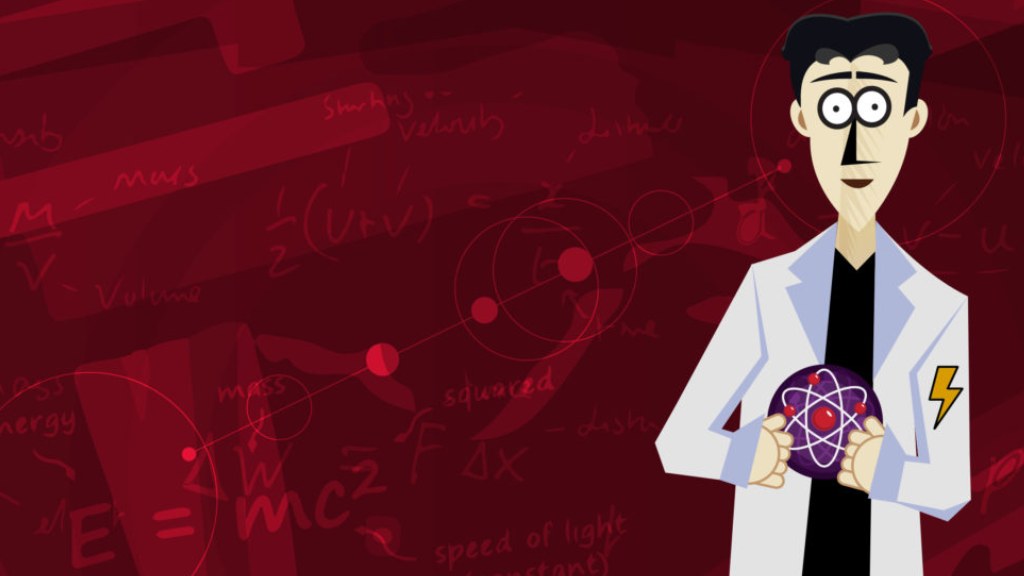Could we, in a few short decades, be living in a quantum computer-filled world? Will superpositioning and entanglements be the wave of the future?
The NSF has a Big Idea
The NSF has 10 major thrusts for the future of funding and research – 10 research and process “big ideas” that will drive important aspects of NSF’s long-term research agenda, push forward the frontiers of U.S. science and engineering research and lead to new discoveries and innovations.
One of them asserts that we will live in a quantum world in a few short years. Quantum Leap is more than just a great television show from the late-eighties and nineties starring Scott Bakula – it’s also the name given to NSF’s initiative into dealing with the smallest particles of matter and harnessing them to create the most efficient sensing, computing, modeling and communicating efforts known to humankind thus far.
This won’t happen overnight. “The digital revolution began immediately after World War II, but it took several decades of fundamental discoveries and advances before digital technologies such as computers became commonplace in our homes and offices,” said the NSF’s website.
Putting money where their mouth is
On December 21, 2018 the National Quantum Initiative Act was signed into law. The purpose of this act was to ensure the continued leadership of the United States in quantum information science and its technology applications. This provided a coordinated federal program to accelerate research in this area.
The NSF is investing nearly $10 million into “growing the academic faculty in quantum computer science and engineering, specifically within the computer science and computer engineering departments of 13 universities around the country,” stated their website.
And through an initiative called the National Q-12 Education Partnership, the NSF is investing $1 million to build a better, more diverse group of young quantum learners – who will effect a better workforce to deal in quantum physics.
It’s a small world after all
It’s a question of working with extremely small and discrete dimensions: “Researchers need understanding of quantum mechanics to observe, manipulate and control the behavior of particles and energy at dimensions at least a million times smaller than the width of a human hair,” said NSF’s 10 Big Ideas website.
Of candles and computers
In her TED Talk, Shohini Ghose explained that a quantum computer is not just a more powerful version of our current computers, in the same way a lightbulb is not a more powerful version of a candle. You can’t build a lightbulb by building better and better candles, and you can’t produce a quantum computer by building faster and more efficient computers that use binary 0s and 1s. You have to build a different kind of machine, altogether. Will we really be using these in our homes in just a few short years? In his article, “Will Quantum Computing Ever Live Up To Its Hype,” John Horgan, when asked if PsiQuantum, a company that claims to be leading the competition in making a commercially viable quantum machine by 2025, answered: “The machines will be room-sized, comparable to supercomputers or data centers. Most users will access the computers remotely.”
Could PsiQuantum really be leading all the competition “by a wide margin,” as its founder claims? Can it really produce a commercially viable machine by 2025? Can it solve superpositioning and entanglement? “For decades, quantum computing has been little more than a hypothesis, or laboratory curiosity, as researchers wrestled with the technical complexities of maintaining superposition and entanglement for long enough to perform useful calculations. (Remember that as soon as you look at an electron or cat, its superposition vanishes),” wrote Horgan. This is where, Schrödinger’s cat, the thought experiment that illustrates a paradox of quantum superposition, comes into play.
Interconnects
In Enabling Quantum Leap, the NSF said: “The Quantum Interconnect Challenges for Transformational Advances in Quantum Systems (QuIC – TAQS) program is designed to support interdisciplinary teams that will explore highly innovative, original, and potentially transformative ideas for developing and applying quantum science, quantum computing and quantum engineering in the specific area of quantum interconnects.” Quantum interconnects deliver new concepts, new platforms and new approaches that will implement the transfer of quantum states efficiently across platforms and over large length scales. What does this mean? “Quantum interconnects (QuICs),” explain David Awschalom et. al in their 2019 treatise on interconnects, “are devices or processes that allow the transfer of quantum states between two specified physical degrees of freedom (material, electromagnetic, etc.), or, more broadly, connect a quantum system with a classical one.”
The Big Idea
It looks as though the excitement over the quantum leap is valid, but quantum computers may not replace the classical computers we use today. Only time will tell if we will launch into a world of quantum mechanics and what was once theoretical becomes the new normal.



